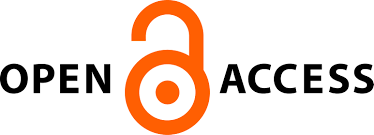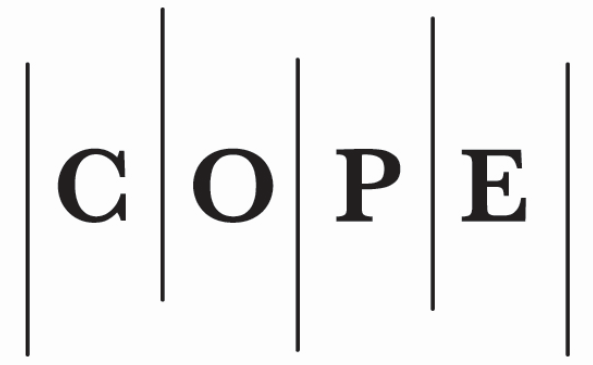Application features of a company’s intellectual capital model assessment
##plugins.themes.bootstrap3.article.main##
Abstract
Due to rapidly changing business environment the interest in intangible assets is constantly growing and the influence of intellectual capital on a company‘s efficiency is becoming a frequent subject of discussion in scientific literature. Scientists still argue about intellectual capital measurement methodology, which impacts the growth of intangible assets in the business environment. According to various scholars, intellectual capital is considered to be a hidden value that has not been recorded in the financial statements, yet it is a key ingredient building competitive advantage. The authors of this article define intellectual capital as a totality of knowledge, skills, competencies, clients, management strategies, organisational processes, systems, and information resources.
The purpose of this study is to examine the relationship between intellectual capital and return on equity. The methodology that the authors have presented was supported by Maditinos value added intellectual capital model (VAIC). According to VAIC model, the market value of the company is influenced by employed capital efficiency and intellectual capital efficiency. Intellectual capital structure is categorised into human capital efficiency and structural capital efficiency.
The study has revealed that employed capital efficiency is the only variable that impacts companies’ return on equity, while other variables that determine intellectual capital efficiency are statistically insignificant or correlation with the companies’ return on equity is weak. The results of the study could have been influenced by limited information in the annual reports, especially assessing human capital recourses. In order to improve the intellectual capital assessing model, the authors propose an additional study with a research that includes quantitative as well as qualitative research methods. In addition, it is suggested to introduce intangible assets assessment mechanisms, as their implementation over a longer period of time would allow the management reveal the impact of intellectual capital recourses on the efficiency of the company.
The purpose of this study is to examine the relationship between intellectual capital and return on equity. The methodology that the authors have presented was supported by Maditinos value added intellectual capital model (VAIC). According to VAIC model, the market value of the company is influenced by employed capital efficiency and intellectual capital efficiency. Intellectual capital structure is categorised into human capital efficiency and structural capital efficiency.
The study has revealed that employed capital efficiency is the only variable that impacts companies’ return on equity, while other variables that determine intellectual capital efficiency are statistically insignificant or correlation with the companies’ return on equity is weak. The results of the study could have been influenced by limited information in the annual reports, especially assessing human capital recourses. In order to improve the intellectual capital assessing model, the authors propose an additional study with a research that includes quantitative as well as qualitative research methods. In addition, it is suggested to introduce intangible assets assessment mechanisms, as their implementation over a longer period of time would allow the management reveal the impact of intellectual capital recourses on the efficiency of the company.
##plugins.themes.bootstrap3.article.details##
Section
Articles
Authors contributing to Business Systems & Economics agree to publish their articles, allowing third parties to share their work (copy, distribute, transmit) and to adapt it, under the condition that the authors are given credit.
Authors retain copyright of their work, with publication rights granted to Mykolas Romeris University.






